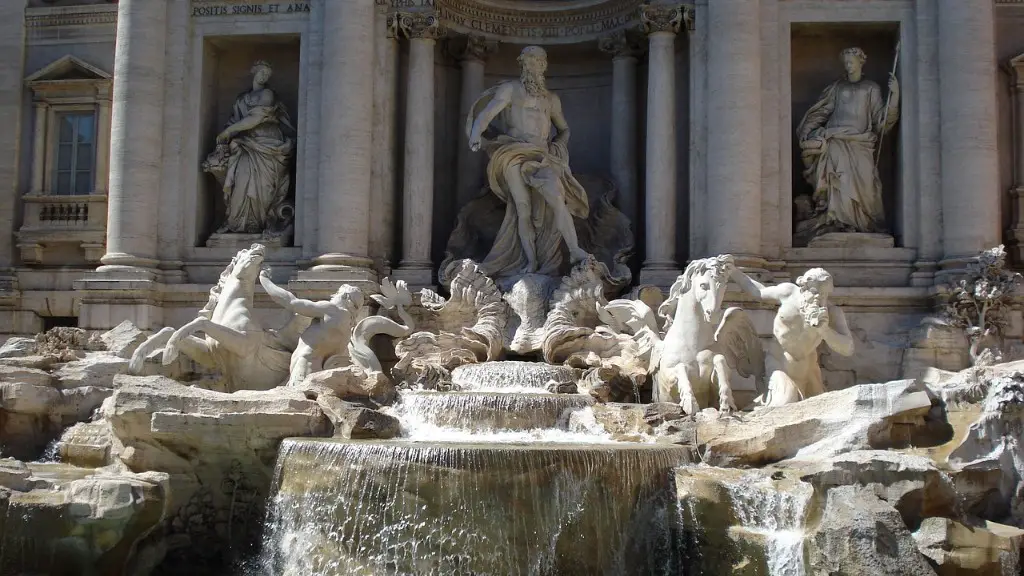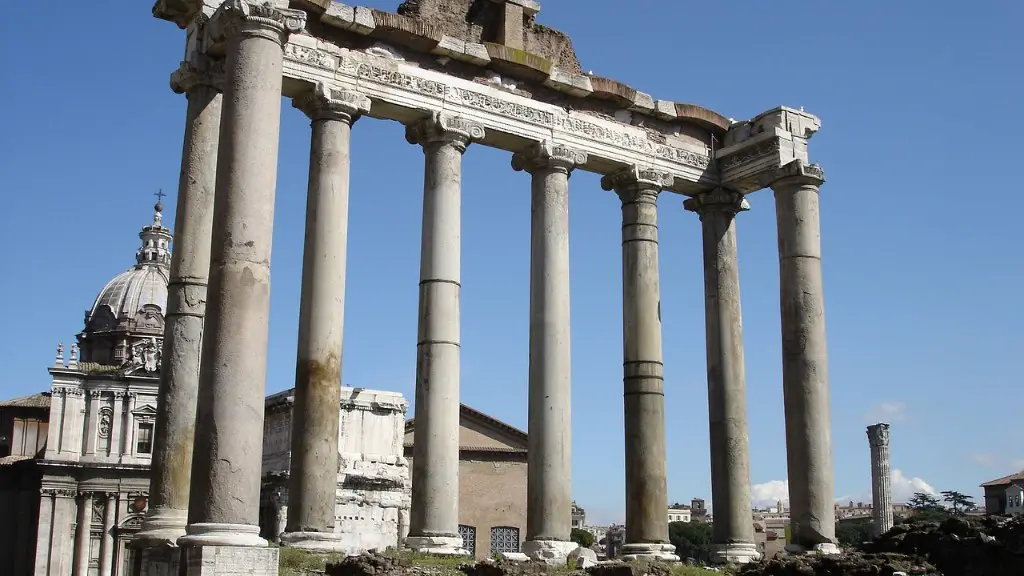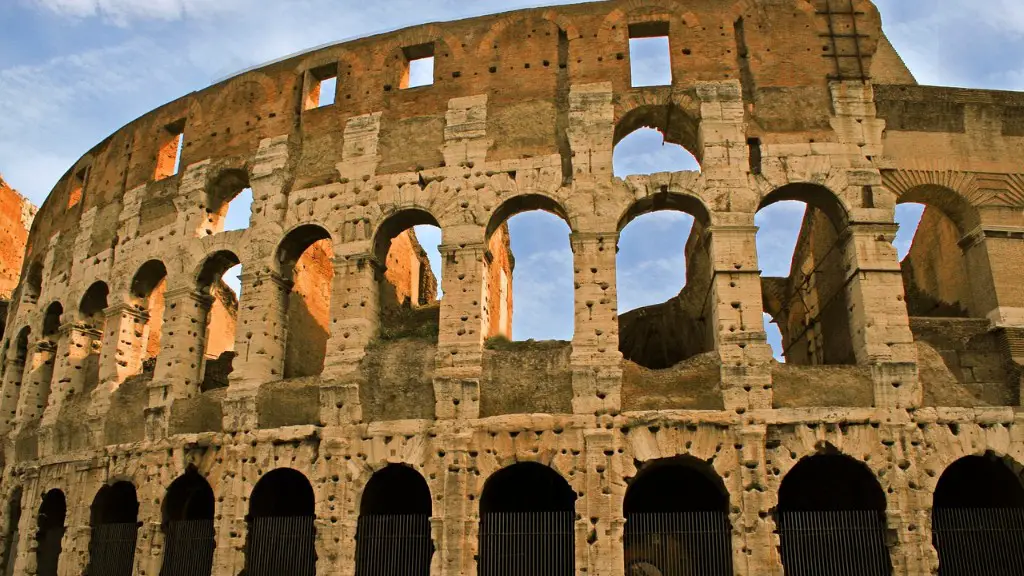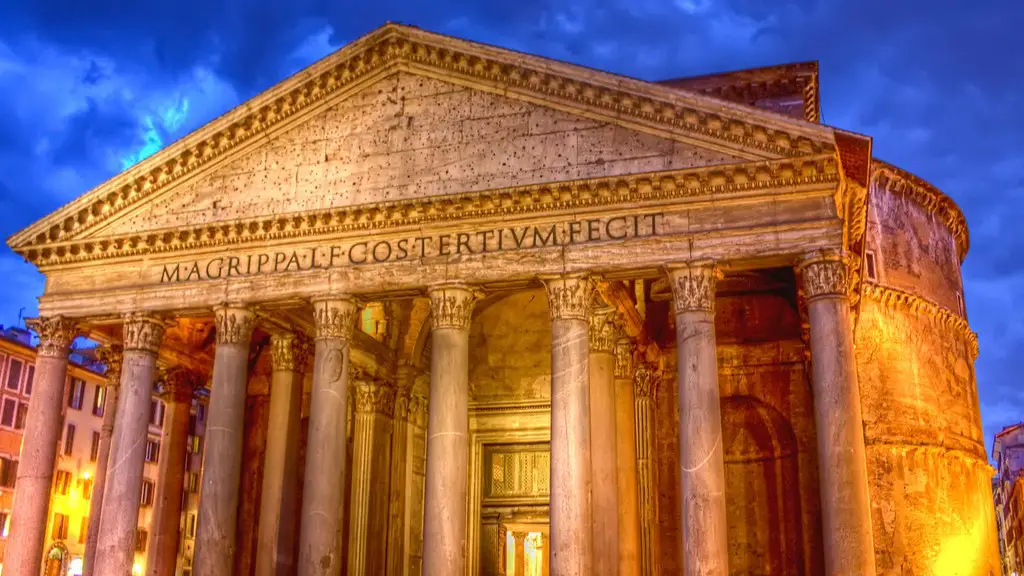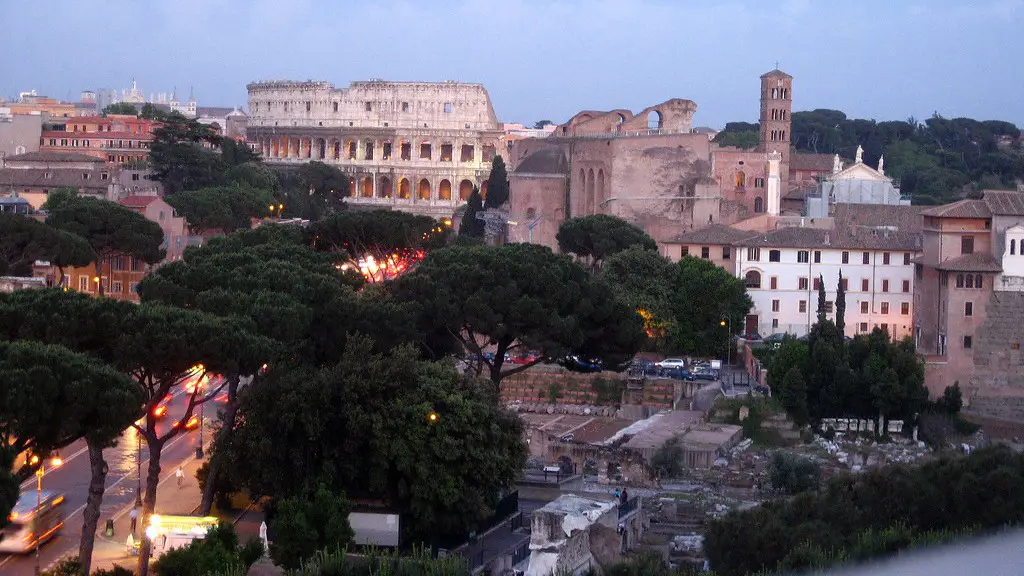Chariot Races in Ancient Rome
Chariot racing was one of the most popular forms of entertainment in ancient Rome. It was a major part of Roman culture and religion, being held in the Circus Maximus and other arenas across the empire. The races were a source of great excitement and a way for people to come together to celebrate and demonstrate their loyalty to the ruling class. Chariot racing is believed to have originated in the Middle East and was adopted by the Romans as early as the 4th century BC.
The chariots were two or four-horse teams, usually driven by charioteers who were often slaves. The chariots were usually brightly coloured, with each one looking different from the others. The charioteers had to demonstrate excellent control of their horses, as well as great skill in manoeuvring their chariot around tight corners and navigating through obstacles placed on the track.
The chariot races were often dangerous and many charioteers were seriously injured or killed. The Roman poet Ovid wrote about the danger and excitement of the races, saying: “As chariots clash and wheels whirl, dusty death awaits brave riders”. Despite the risks, chariot racing was an incredibly popular form of entertainment and was a popular form of gambling among the Roman people.
Chariot racing was a major part of the Roman calendar, with races often taking place on religious and state holidays. The most important chariot race of the year was the ‘Ludi Romani’ or Roman Games, which was held annually in September. During this race, two or four horse chariots would race around the course seven times, with the winner receiving a large monetary prize.
The most esteemed chariot race was the chariot race held in the Circus Maximus which was traditionally held on the seventh day before the Kalends of March. This race, known as the ‘Ludi Megalenses’ or Great Festival, involved 15-17 chariots racing around the Circus Maximus three times. The winning chariot driver was crowned ‘rex curruum’ or King of the Chariots, a title which was held in high regard. This was an important event for the Ancient Romans, as it was seen as a celebration of their shared identity and loyalty to the empire.
Chariot racing continued to be popular until the fall of the Roman Empire in the 5th century AD. It has since been revived as a modern sport, but its legacy as one of the most important and entertaining aspects of ancient Roman culture lives on.
Betting and Gambling in Ancient Rome
Betting and gambling were an integral part of the chariot racing culture in ancient Rome. Gambling was so popular that it is believed to be where the Romans got the word ‘hastal’, which is the Latin word for ‘bet’. Gambling was seen as a way of showing loyalty to the ruling class and it was very common to place bets on chariot races.
These bets could range from small sums of money to large sums of money, depending on how confident the gambler was in their chosen chariot. The emperor had the right to prohibit certain bets or increase the amount of money that could be wagered. It was not unusual for the emperor to be personally involved in chariot racing and to place bets himself.
Gambling on chariot racing in ancient Rome was illegal, however this did not stop the Romans from betting on the races. Even the wealthiest Roman citizens would risk their money to win a big prize. After a victory, the charioteer would be rewarded with a large sum of money from their sponsors. Often, the gambling bets that were placed on the races would cover the costs of the chariots and horses.
Even though gambling and betting were illegal, the Roman government tolerated it as it was seen as an integral part of the chariot racing culture. The only punishment for those who were caught gambling was usually just a fine. This shows how important it was for the Romans to be able to bet and gamble on chariot races.
Social Implications of Chariot Racing
Chariot racing was an important part of ancient Roman society and had a number of implications. During the chariot races, the Roman aristocracy would often gather in the Circus Maximus to watch the races and socialise. These events were an important way for the upper classes to show off their wealth and power.
Chariot racing also had a religious significance as it was often seen as an act of worship to various gods. The chariot races were held in honour of the gods and it was believed that the charioteers were blessed by the gods before the race. In addition, the chariot races were seen as a way for the gods to communicate with the humans.
The chariot races also held a political significance and were used by the ruling class to demonstrate their power and influence. They were also a way for the public to express their loyalty and devotion to the emperor and the ruling class. The chariot races also served as a form of propaganda to encourage the people to adhere to the imperium.
Chariot racing was immensely popular amongst all classes of Roman society and the races were seen as an important part of the Roman culture and religion. The social implications of chariot racing were far-reaching and it is clear that it was an integral part of the Roman Empire.
Modern Resurgence of Chariot Racing
Today, chariot racing is still popular, especially in Europe. It has become a popular form of entertainment in many countries and some events attract thousands of spectators. Chariot racing also remains popular in historical reenactments and other theatrical shows.
When chariot racing was first revived in modern times, it was seen as merely a form of entertainment and an exciting sport. However, more recently it has been recognised for its historical significance and its importance in Roman culture, with events being dedicated to re-enacting scenes from ancient Roman chariot races. This has made it more popular and has helped to raise awareness of the sport.
Chariot racing has become an important part of many cities’ festivals and cultural celebrations. For example, in Italy there is the ‘Palio di Siena’, which is a traditional chariot race held in the city of Siena every year. The race is part of a larger festival and is an important part of the city’s identity and culture.
Chariot racing is also used as a form of therapy. In some therapeutic centres, it is used to help teach physical, emotional and social skills to those who have difficulty in these areas. This form of therapy has been found to be very effective and to help those in need to build confidence, improve communication skills and trust.
Educational Resources about Chariot Racing
There are numerous educational resources available about chariot racing. Many museums and libraries have exhibitions and collections dedicated to chariot racing, which provide a detailed overview of the sport’s history and its importance to the Roman Empire. There are also numerous books and websites dedicated to the sport, which provide a comprehensive look at its history and the various aspects of chariot racing.
For those wishing to learn more about chariot racing, there are also classes and seminars available. These classes are taught by experts in the sport and provide an in-depth look at the history and culture of chariot racing. The classes often include hands-on activities, such as building and racing model chariots.
For teachers, there are numerous resources available to help them introduce chariot racing into the classroom. Many books, websites and videos provide detailed information about the sport and its importance in Roman history. There are also numerous lesson plans and activities which can be used to help students better understand the sport and its significance.
Conclusion
Chariot racing was an important part of Roman culture and its legacy is still felt today. It was a major source of entertainment and helped to bring people together to celebrate and demonstrate their loyalty to the ruling class. Though it is no longer as popular as it once was, its impact on Roman culture is still felt today in modern chariot racing events, educational resources and therapeutic practices.
